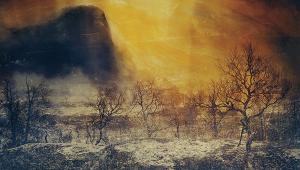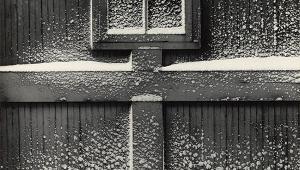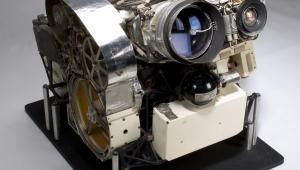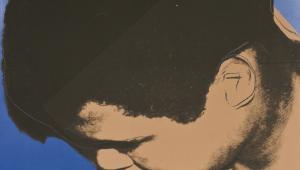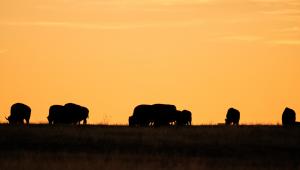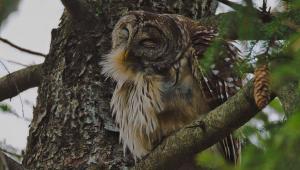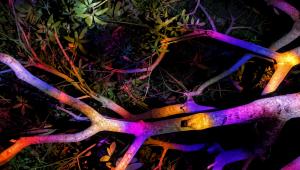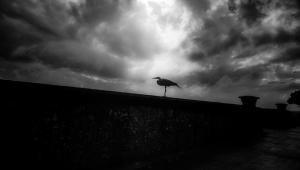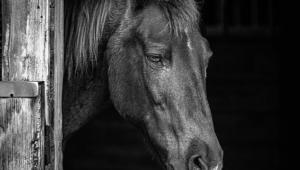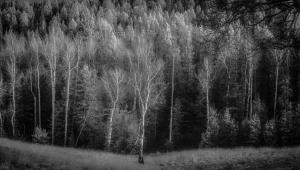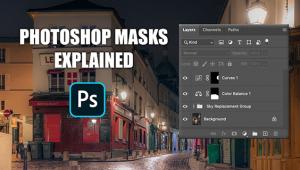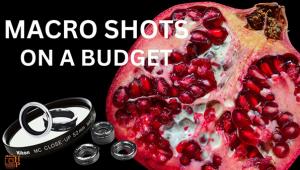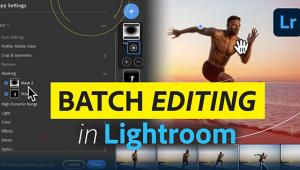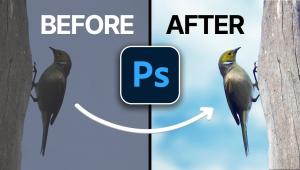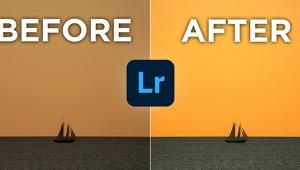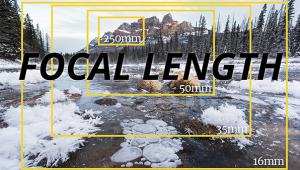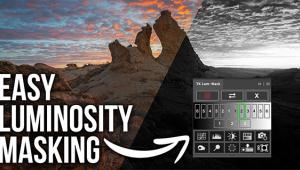Herb Ritts’s Stars Shine Brightly In Career Retrospective Photography Show

Herb Ritts (American, 1952–2002)
1990
Photograph, gelatin silver print
Gift of Herb Ritts
© Herb Ritts Foundation
Photograph © Museum of Fine Arts, Boston
Herb Ritts (1952-2002) began his career in the late 1970s, when photographers helped ignite the modern celebrity cult. The stars shone so brightly, the media coverage was widespread, and the public’s appetite was so great that the photographers were themselves illuminated by the glow from their subjects.
Unlike the studio photographers of the Golden Age of Hollywood several decades before, who toiled in relative obscurity and had limited access to the stars, Ritts and his contemporaries (Bruce Weber, Steven Meisel, Sante D’Orazio, and several dozen lesser lights) became fellow travelers, joining their celebrity subjects in the era’s nightlife and the public’s eye. The velvet ropes of the disco age were lifted not just for the stars, but for their favorite photographers as well. New human-interest magazines, such as Time Inc.’s People (launched in 1974), ushered in the era of personal branding.
Through all the noise and self-promotion, Ritts produced powerful work that will endure long after much of the photography of that era has been forgotten. Some of the work, such as Sex, Meisel’s coffee-table book collaboration with Madonna, was surrounded with such hype that the actual product was sure to disappoint. One allegedly serious photography magazine launched an annual list of “The 100 Most Important People in Photography” that was grossly overloaded with fashion and celebrity photographers.
The strength of his work stems from his strong sense of design, the simple, clean lines of his composition, and his understanding of the power of black-and-white images. Ritts worked outdoors a great deal of the time, utilizing the sunny skies of Southern California and basic equipment, alternating between 35mm and medium format cameras, usually loaded with Kodak Tri-X.
His work is now on display in a career retrospective titled, simply, “Herb Ritts” at the Museum of Fine Arts in Boston, Massachusetts, until November 8, 2015.

Herb Ritts (American, 1952–2002)
1990
Photograph, gelatin silver print
Gift of Herb Ritts
© Herb Ritts Foundation
Photograph © Museum of Fine Arts, Boston
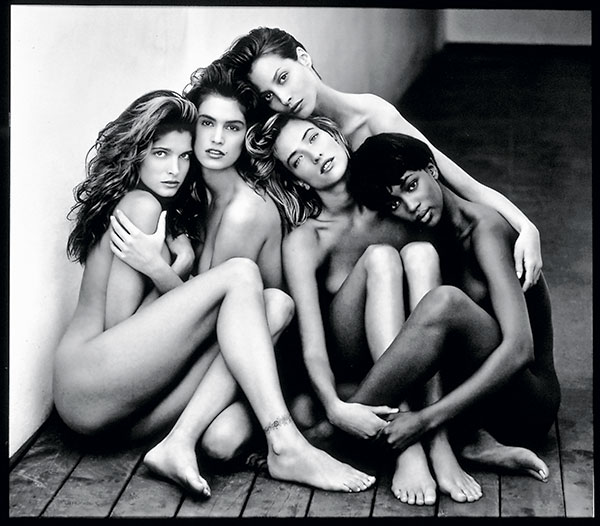
Herb Ritts (American, 1952–2002)
Photograph, gelatin silver print
Museum of Fine Arts, Boston.
Gift of Herb Ritts
© Herb Ritts Foundation
Courtesy, Museum of Fine Arts, Boston
Big Breaks
Born in Los Angeles to a well-to-do family that owned a furniture business, Ritts studied economics and art history at Bard College. Both would serve him well. In his mid-twenties, toiling as a salesman in the family business while dabbling in photography, he had no firm career plans. His photography reputation was kick-started in 1977 when he persuaded an acquaintance, Richard Gere, then an aspiring unknown, to pose.
Gere was on the cusp of fame, propelled by a small role in one of the year’s hit films, Looking for Mr. Goodbar, which drew the critics’ attention. Things happened quickly for them both. Pictures from that session appeared in Vogue, Esquire, and Mademoiselle, causing the latter to ask Ritts to photograph Brooke Shields. He was on his way.
Every successful photographer combines a technical skill set with other talents and abilities. Ritts held a winning hand. First and foremost, his skill for getting along with people, particularly famous ones.
Growing up in Los Angeles, Steve McQueen had been his family’s next-door neighbor. Looking at his photographs of stars, musicians, and supermodels, it’s evident that he was able to put them at ease, whether clothed or naked, in part by not being overwhelmed by their aura.
He’s widely recalled as an extremely nice person, and he was able to gain the trust and cooperation of his subjects. His iconic photo of the pantheon of supermodels, “Stephanie, Cindy, Christy, Tatjana, Naomi, Hollywood (1989)” was made at his home, where the elite models of the day often dropped in for a visit when not working.

Herb Ritts (American, 1952–2002)
1986
Photograph, gelatin silver print
Gift of Herb Ritts
© Herb Ritts Foundation
Courtesy Museum of Fine Arts, Boston
Ritts used black mud to cover the model’s face, hair, and torso, creating an image that’s reminiscent of ancient Greek bronze sculpture. His study of art history is evident in many of the classic portrait techniques Ritts incorporates into his work. Rather than make a profile photograph of the subject in a standing or sitting pose, he has the subject lie down and then raise his head at a 90-degree angle to the torso, adding tension to the photograph.
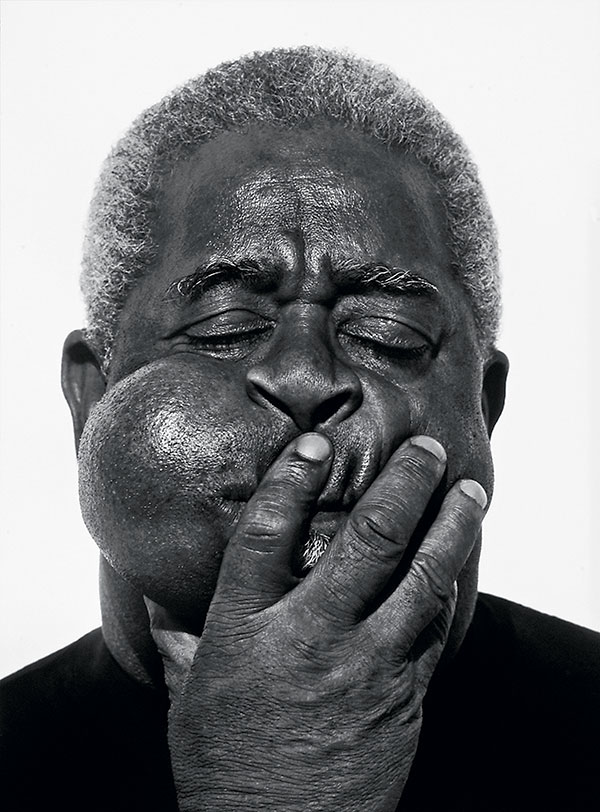
Herb Ritts (American, 1952–2002)
1989
Photograph, gelatin silver print
Gift of Herb Ritts
© Herb Ritts Foundation
Courtesy Museum of Fine Arts, Boston
Be-bop trumpet master Dizzy Gillespie was known for playing with his cheeks puffed out, something that is considered poor form in traditional trumpet training. Having Gillespie inflate his cheeks without a trumpet, Ritts creates an image that puts both his face, his right cheek and hand into high relief. Tightly cropped, the hard frontal lighting gives Gillespie’s skin a marvelous texture that adds to the otherworldly feeling of this compelling portrait.
The Human Landscape
Another talent was his sensitivity to the physical qualities of the world around him—the light and locations that make Southern California a special place for photography. Many of his famous fashion photographs were made outdoors, featuring the vast dry lakebed of El Mirage, California, as a location.
“Versace Dress, Back View, El Mirage (1990)” uses the great depth of the terrain to its best advantage. This image, along with another fashion photograph, “Versace Veiled Dress, El Mirage (1990),” shows the ability Ritts had to dramatize fashion. In “Versace Dress, Back View” he uses his strong sense of design to create a dramatic graphic with the black fabric of the dress forming a strong and unexpected dark frame at the top of the image to draw the viewer’s eye to the model’s torso. Because the model is standing with one leg hidden in front of the other, the overall shape borders on that of a martini glass, pulling the viewer’s attention to the model’s waist, which is placed higher than the low horizon line.
In “Versace Veiled Dress,” Ritts assigns the landscape a different role. The wind that presages a coming storm is sweeping over the lakebed. It enters the frame from the left, dynamically animating the garment. The background on the left of the frame contains a bit of the San Bernadino mountain range, its peaks mimicking the contours of the model (Naomi Campbell) who is engulfed in the flowing black fabric of the dress. Her pose—arms raised defiantly as if she’s summoning the wind—accent the lines of the garment perfectly.
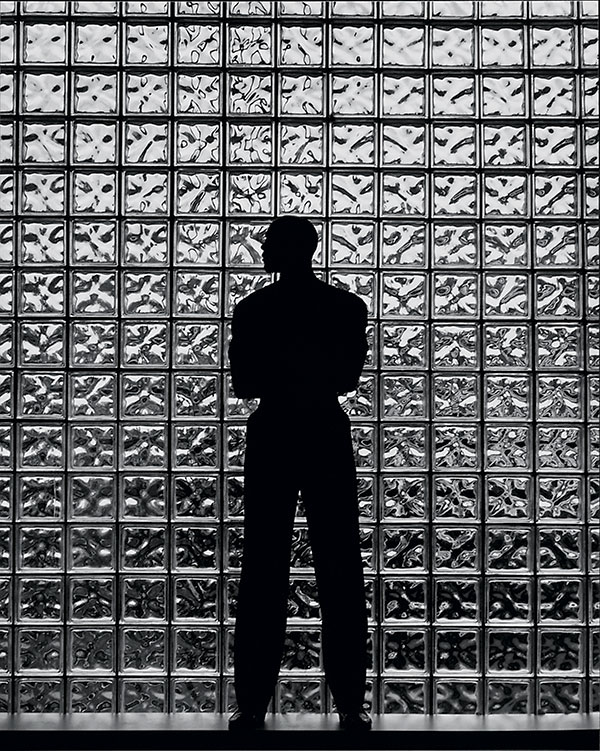
Herb Ritts (American, 1952–2002)
1993
Photograph, gelatin silver print
Gift of Herb Ritts
© Herb Ritts Foundation
Courtesy Museum of Fine Arts, Boston
While Ritts often favored very stark, light backgrounds, this silhouette portrait for Michael Jordan uses the opposite approach. Jordan’s profile, long legs, and narrow waist are enough to identify the famous basketball player without any front lighting to provide detail. The rich texture of the glass block wall behind Jordan animates the background. Jordan’s torso is in a full-frontal position, his arms crossed above his waist. With his head turned to his right to put the face in profile, Ritts creates a heroic portrait that is accentuated by the low camera angle.
Ritts At Work
To see Ritts at work, visit YouTube and search for “Herb Ritts L.A. Style.” Lincoln Motors produced this 11-minute video in conjunction with a 2012 show of his work at the Getty Museum. Interspersed with adoring comments from his models, fellow photographers, and others are snippets of Ritts making photographs. Pay particular attention to the outdoor sets that he uses with both hard and soft lighting from the sun. These are similar to the outdoor sets used in the early days of motion pictures when slow films required sunlight for proper exposure.
The last decades of the 20th century provided both danger and opportunity. In 1982, the party lifestyle and gay abandon of the disco era was tarnished when then-unnamed clusters of diseases came to the public’s awareness. They would shortly be classified as AIDS. Having been HIV-positive for some years, Ritts died at age 50 of pulmonary problems that may have been aggravated by working in the windblown dust of his favorite locations.
In 1981, MTV was launched, and Ritts applied his visual sensibility to the medium and became a celebrated director of music videos, working with Madonna, Chris Isaak, Tina Turner, Mariah Carey, and many others. We’ll never know what he might have produced had he enjoyed a longer lifespan, but he left behind a formidable body of work that will be studied by photographers for many years to come.
It’s important to note that Ritts managed his affairs with great care. The Herb Ritts Foundation (www.herbritts.com) displays a marvelous gallery of his work and information for licensing those works. He left behind both a unique body of work and the mechanism to keep it in the public’s eye.
- Log in or register to post comments

